Huaji Zhou
Mixing Signals: Data Augmentation Approach for Deep Learning Based Modulation Recognition
Apr 05, 2022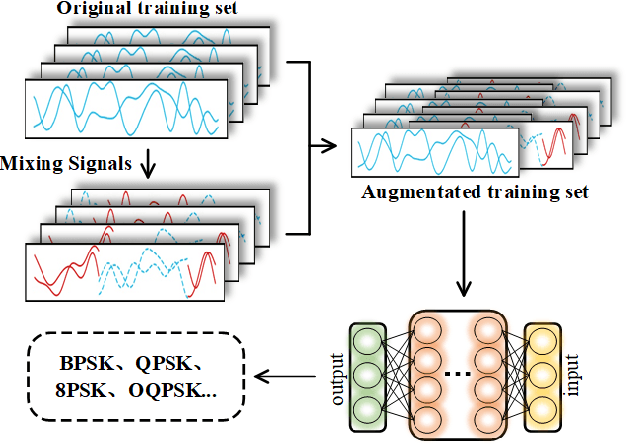
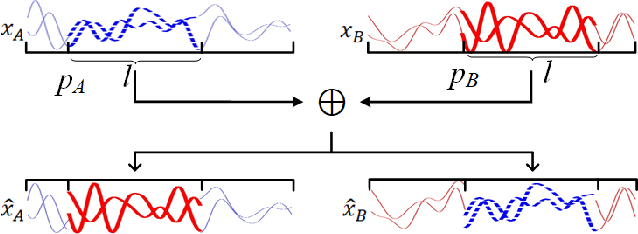
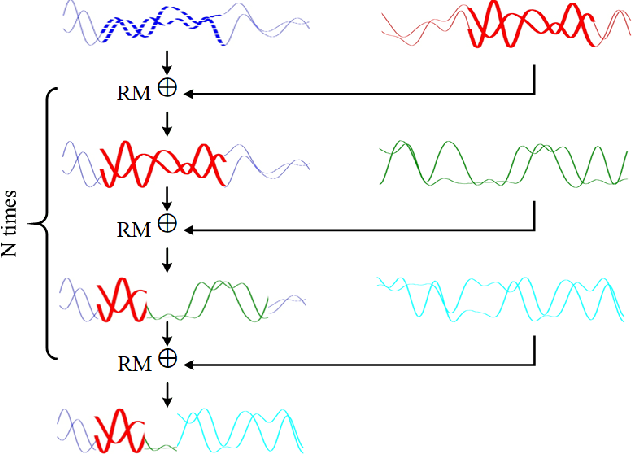
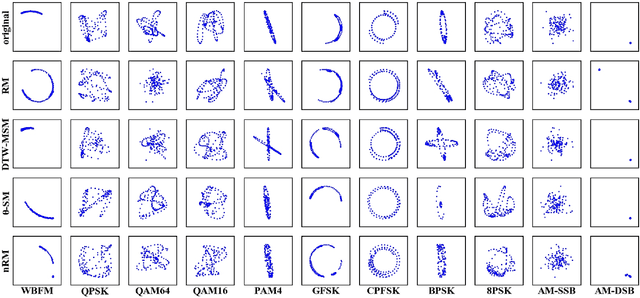
Abstract:With the rapid development of deep learning, automatic modulation recognition (AMR), as an important task in cognitive radio, has gradually transformed from traditional feature extraction and classification to automatic classification by deep learning technology. However, deep learning models are data-driven methods, which often require a large amount of data as the training support. Data augmentation, as the strategy of expanding dataset, can improve the generalization of the deep learning models and thus improve the accuracy of the models to a certain extent. In this paper, for AMR of radio signals, we propose a data augmentation strategy based on mixing signals and consider four specific methods (Random Mixing, Maximum-Similarity-Mixing, $\theta-$Similarity Mixing and n-times Random Mixing) to achieve data augmentation. Experiments show that our proposed method can improve the classification accuracy of deep learning based AMR models in the full public dataset RML2016.10a. In particular, for the case of a single signal-to-noise ratio signal set, the classification accuracy can be significantly improved, which verifies the effectiveness of the methods.
SR2CNN: Zero-Shot Learning for Signal Recognition
Apr 25, 2020



Abstract:Signal recognition is one of significant and challenging tasks in the signal processing and communications field. It is often a common situation that there's no training data accessible for some signal classes to perform a recognition task. Hence, as widely-used in image processing field, zero-shot learning (ZSL) is also very important for signal recognition. Unfortunately, ZSL regarding this field has hardly been studied due to inexplicable signal semantics. This paper proposes a ZSL framework, signal recognition and reconstruction convolutional neural networks (SR2CNN), to address relevant problems in this situation. The key idea behind SR2CNN is to learn the representation of signal semantic feature space by introducing a proper combination of cross entropy loss, center loss and autoencoder loss, as well as adopting a suitable distance metric space such that semantic features have greater minimal inter-class distance than maximal intra-class distance. The proposed SR2CNN can discriminate signals even if no training data is available for some signal class. Moreover, SR2CNN can gradually improve itself in the aid of signal detection, because of constantly refined class center vectors in semantic feature space. These merits are all verified by extensive experiments.
Spectrum Sensing Based on Deep Learning Classification for Cognitive Radios
Sep 13, 2019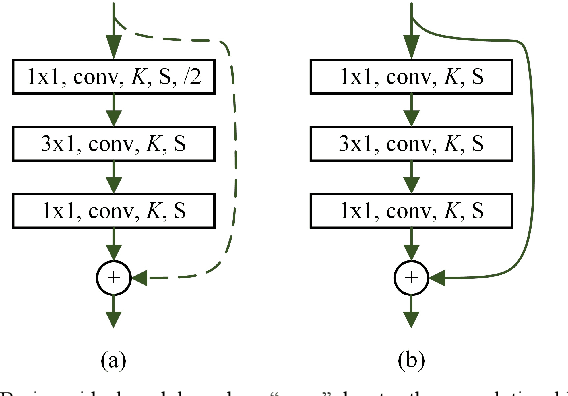
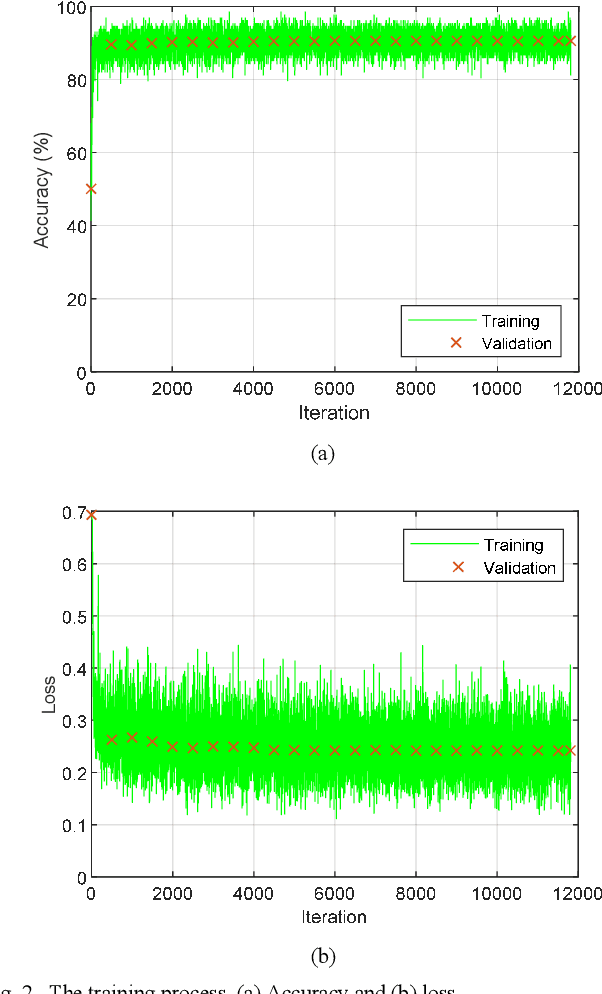
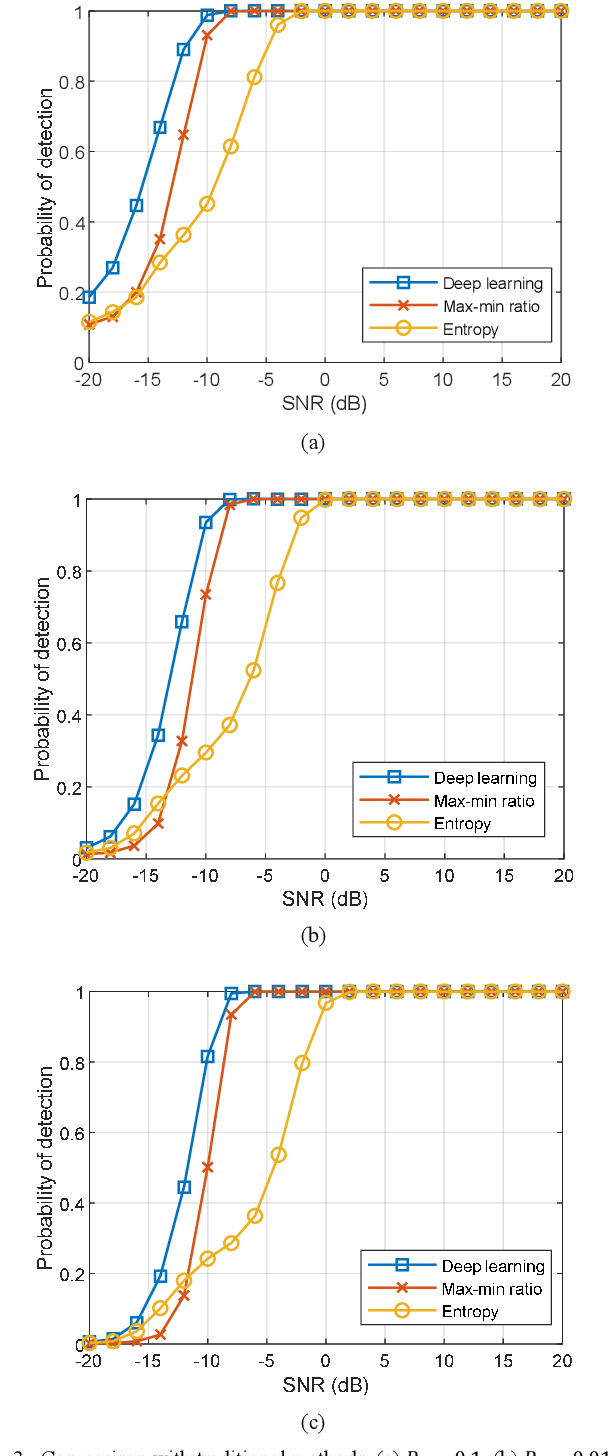
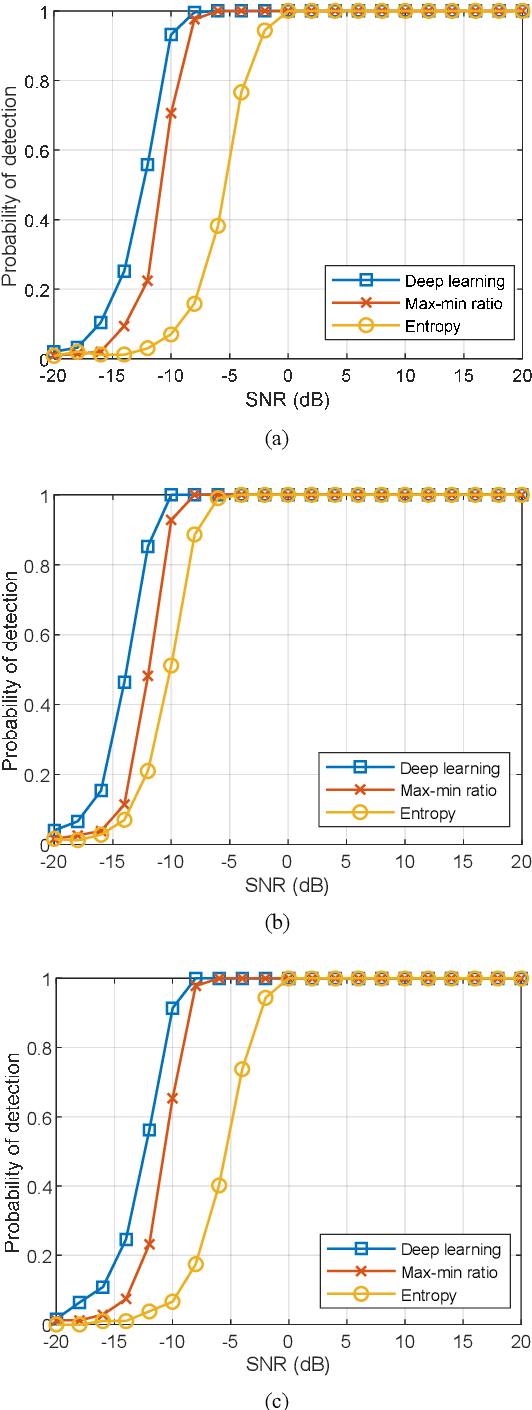
Abstract:Spectrum sensing is a key technology for cognitive radios. We present spectrum sensing as a classification problem and propose a sensing method based on deep learning classification. We normalize the received signal power to overcome the effects of noise power uncertainty. We train the model with as many types of signals as possible as well as noise data to enable the trained network model to adapt to untrained new signals. We also use transfer learning strategies to improve the performance for real-world signals. Extensive experiments are conducted to evaluate the performance of this method. The simulation results show that the proposed method performs better than two traditional spectrum sensing methods, i.e., maximum-minimum eigenvalue ratio-based method and frequency domain entropy-based method. In addition, the experimental results of the new untrained signal types show that our method can adapt to the detection of these new signals. Furthermore, the real-world signal detection experiment results show that the detection performance can be further improved by transfer learning. Finally, experiments under colored noise show that our proposed method has superior detection performance under colored noise, while the traditional methods have a significant performance degradation, which further validate the superiority of our method.
 Add to Chrome
Add to Chrome Add to Firefox
Add to Firefox Add to Edge
Add to Edge